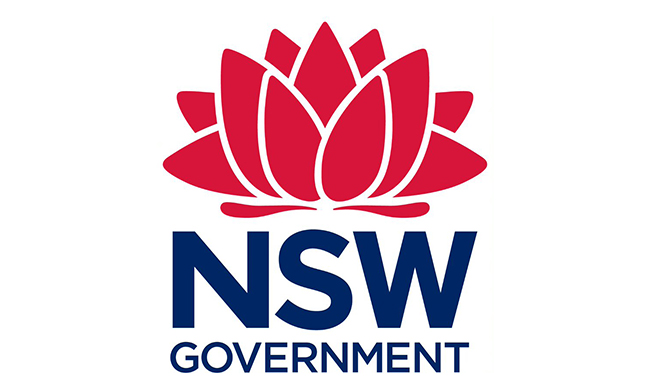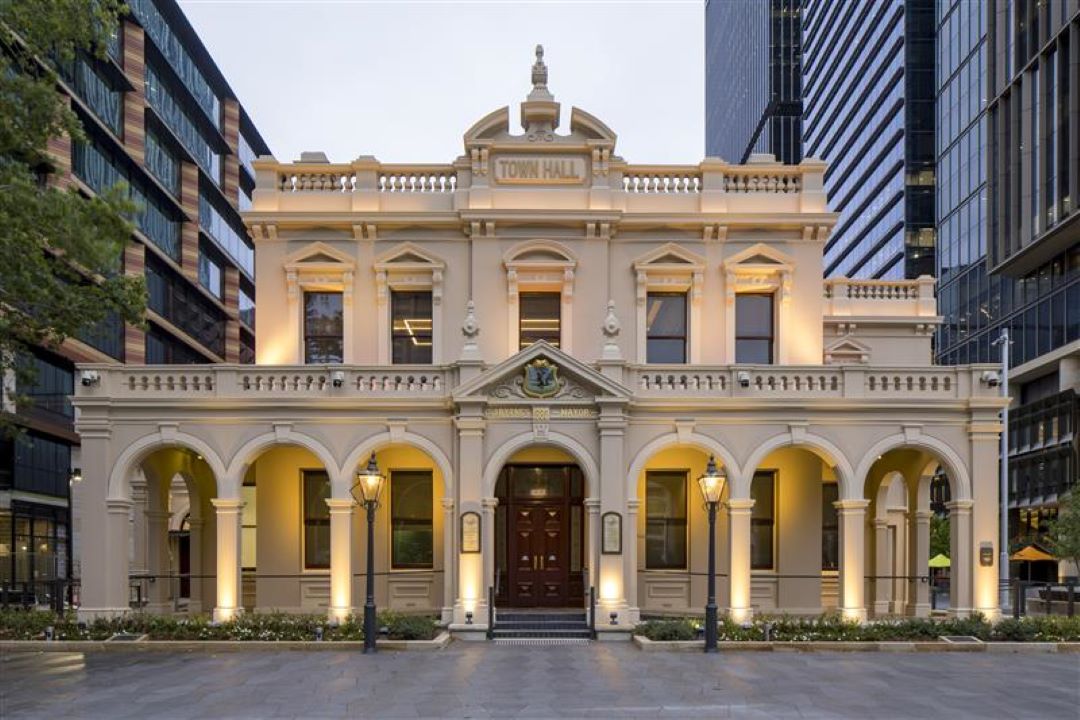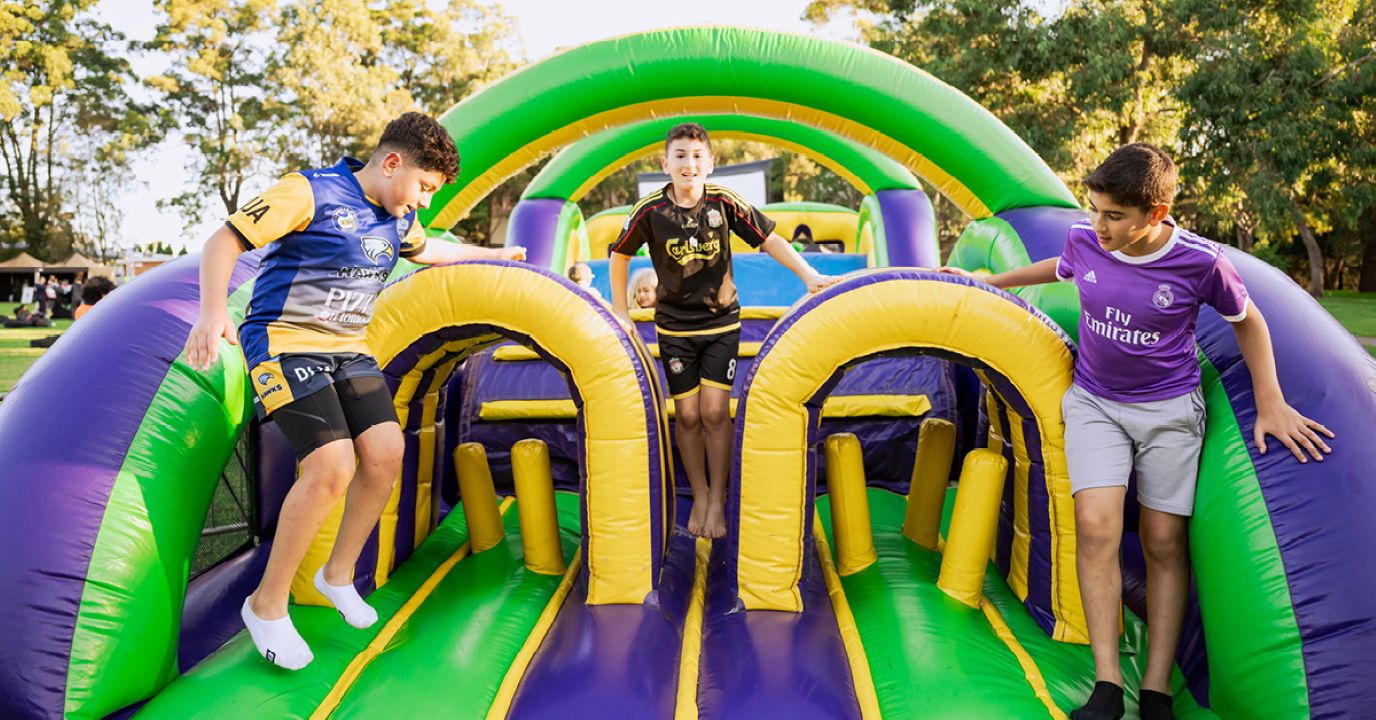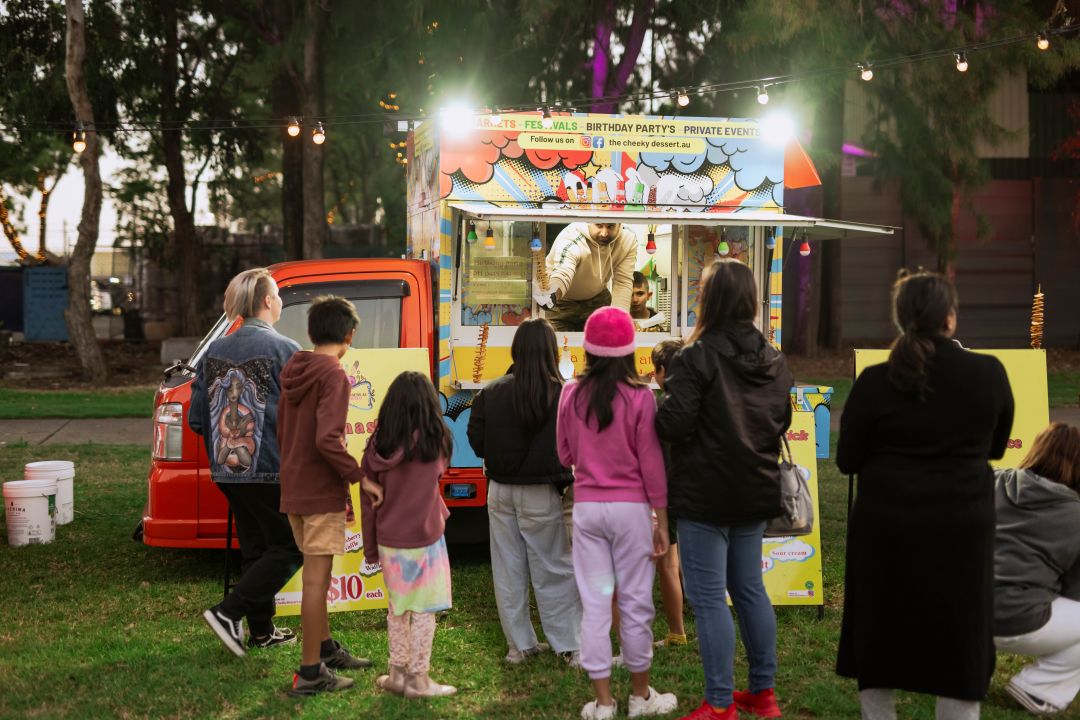Lake Parramatta Swimming Area closes for Winter, reopening late October 2025
- The Lake Parramatta swimming area lifeguards will be on duty this Friday 25 April - Sunday 27 April from 11am to 6pm. This will be the last official lifeguard supervision weekend for the season.
When visiting Lake Parramatta, only swim in the designated swimming area when it is supervised by lifeguards. Never swim alone.
Before swimming, it’s important to recognise the risks, check water conditions, and understand your own swimming abilities.
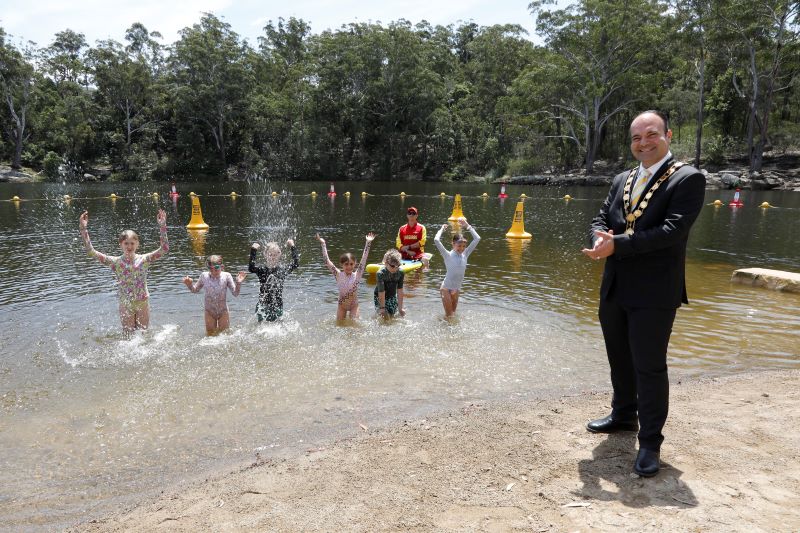
Lake Parramatta facilities
Lake Parramatta is located in Lake Parramatta Reserve, a 73 hectare habitat popular with visitors who enjoy picnics, aquatic activities and bush walking.
The lake is 10.5 hectares in size and was officially re-opened for public swimming and water recreation activities in January 2015.
Its reopening marked an important step for the 'Our Living River' initiative and was launched by the Parramatta River Catchment Group (PRCG).
The PRCG is spearheaded by 12 local councils, government agencies and community groups with the aim to set a range of achievable targets to bring currently unusable parts of the river and surrounding creeks back to life.
Facilities
Lake Parramatta Reserve offers a range of facilities:
- designated swimming area
- boat hire
- non-motorised boating facilities
- children’s playground
- off-street car park
- walking trails
- public toilets
- BBQs
- picnic facilities
- a cafe
Entrance and Opening Hours
Entry into Lake Parramatta Reserve is from Lackey Street via Bourke Street, North Parramatta.
Lake Parramatta provides Lifeguard Supervision during peak swimming periods.
Swimmers are encouraged to swim in the designated swimming area when Lifeguards are present during Lifeguard Patrols.
Patrols
- The Lake Parramatta swimming area lifeguards will be on duty this Friday 25 April - Sunday 27 April from 11am to 6pm. This will be the last official lifeguard supervision weekend for the season.
Transport and parking
(Back to top)Parking
Lake Parramatta Reserve has 68 car spots on site. When the car park is full, parking is available on surrounding streets just a short walk way.
Public transport
If you arrive by train, disembark at the Parramatta Interchange - you can then catch a bus from the Parramatta CBD (bus route 609). The bus stops 50 metres from the entrance to Lake Parramatta every hour, Monday to Saturday, and three times on Sundays.
Alternatively, buses that travel along Windsor Road and Pennant Hills Road include stops about 500 metres from the Lake Parramatta entrance.
To plan your journey visit Transport for NSW or call 131 500.
Safe swimming at Lake Parramatta
-
- Never swim alone.
- Know your swimming ability.
- Stay within a suitable depth; the water at the Lake is over 8m deep in some areas outside the swimming enclosure.
- Wear an approved, well-fitted buoyancy vest or life jacket.
- Read and follow the safety advice signs around the Lake. The swimming enclosure has depth markers; the depth in this area ranges from ankle depth to 2 metres.
- Do not swim outside of the designated swimming area
- Only swimming during the lifeguard patrolled hours.
- Lifeguards will be patrolling the swimming enclosure during the stated hours; this is the safest time to swim.
- Do not enter the water from rock areas around the Lake; the depth and what lies below the water may not be visible.
- Do not swim for three days after heavy rain; there may be submerged objects that could cause serious injury or entrapment.
It is important to take care when walking on slippery or uneven surfaces around or in water. Conditions should be checked before entering the water slowly, feet first or slide into the water on your bottom. Avoid submerged obstacles, such as tree branches and rocks.
-
- Remain calm and roll onto your back - float.
- Float on your back.
- Call for help.
- Try not to panic; relax as much as possible, this will help you to float.
- Stay as still as possible, this will conserve your energy.
- Breath normally.
- Attract attention by raising one arm and/or calling out for help.
-
Alcohol and drugs often contribute to drownings. They can impair judgement, encourage greater risk-taking behaviour, reduces coordination, impairs reaction time and reduces the effectiveness of CPR, should someone require it.
-
Royal Life Saving Drowning Report 2024
- 323 people drowned in Australian waterways
- 82% of these drownings were males
- 25% were born overseas
- 30 people drowned in waterways like Lake Parramatta
- 43% were aged between 15 – 24 years
-
The City of Parramatta Council offers affordable swimming and water safety lessons in Parramatta. For further details, visit: Learn to Swim | City of Parramatta (nsw.gov.au)
-
Gain the knowledge and skills to administer first aid and CPR until medical help arrives. You may save a life
2024 Lake Parramatta Swimming Area improvements
Following a 19-week construction program, Lake Parramatta’s mini-make over is complete with the local’s favourite swimming destination ready for summer 2024/25.
Key features of the upgrade include:
- Construction of an underwater retaining wall to create a sand bed or ‘beach’ within the swimming area to make entering and exiting the water easier.
- Improved water access through construction of footpaths, and other accessibility features such as handrails and traction treatments for steps.
- Installation of a formal lifeguard viewing platform providing improved sightlines over the swimming area for lifeguards.
- New seating, shaded areas, landscaping, and bushland regeneration.
The natural beauty of the site remains. There was only very minimal removal of vegetation and rock to create the new more gently-sloped swimming area and beach entry, all of which was in accordance with the Review of Environmental Factors – a legislative planning document that guides construction work.
While there was no aquatic planting in the scope of works, as planting within the swimming area can become a safety hazard, there is additional planting of local indigenous plant species including bush regeneration and garden beds.
Planting along the access path to the swimming area and on the embankment and surrounds included 6 x 75L Eucalyptus trees (around 3 to 4m high), more than 470 x 300mm pot size native shrubs, and almost 1,050 native ground cover plants.
Project background
From April to September 2024 construction works at Lake Parramatta delivered safety and accessibility upgrades to the swimming area.
The project began in 2021, when City of Parramatta commissioned a concept plan for improvements to the Lake Parramatta swimming area and began the process of applying for NSW Government grants to fund the project.
Council’s grant application was successful, and in late 2022 we began community consultation around the proposed upgrades.
The key aims of the project are:
- To improve access
- To enhance safety
Responding to community feedback on the initial concept design, a refined concept design was placed on public exhibition in mid-2023.
In July 2023, Council approved the revised concept plan for the upgrade at Lake Parramatta. City of Parramatta began the tender process looking to finalise designs and appoint a contractor.
City of Parramatta appointed a construction partner in early-April 2024 with the work completed in September 2024.
For more information see Participate Parramatta.
Proudly funded by the NSW Government in association with City of Parramatta.
The Places to Play program is part of the Open Spaces Program, a $50million investment in public open space across three streams: Places to Play, Places to Swim, and Places to Roam.
Places to Play supports investment in nature and water play spaces to promote recreation and connection with nature for people of all ages, abilities, and backgrounds.
For more information see Places to Play.
